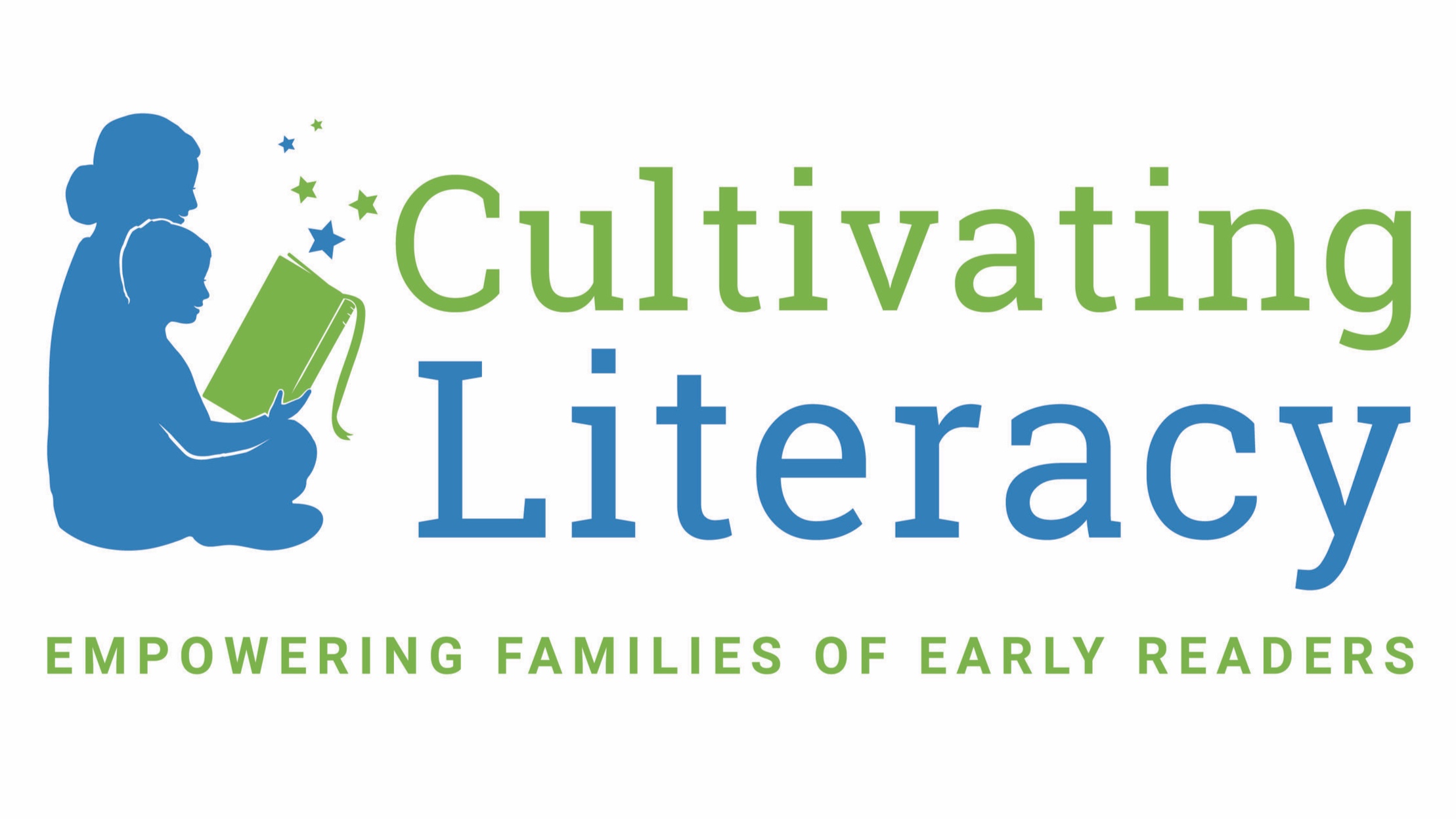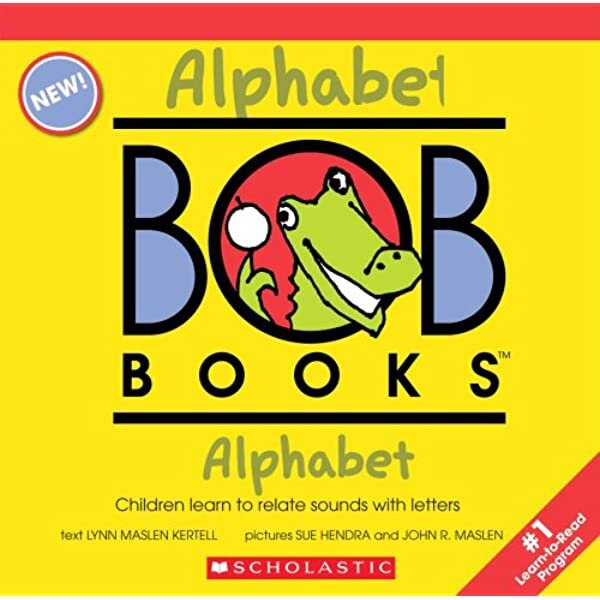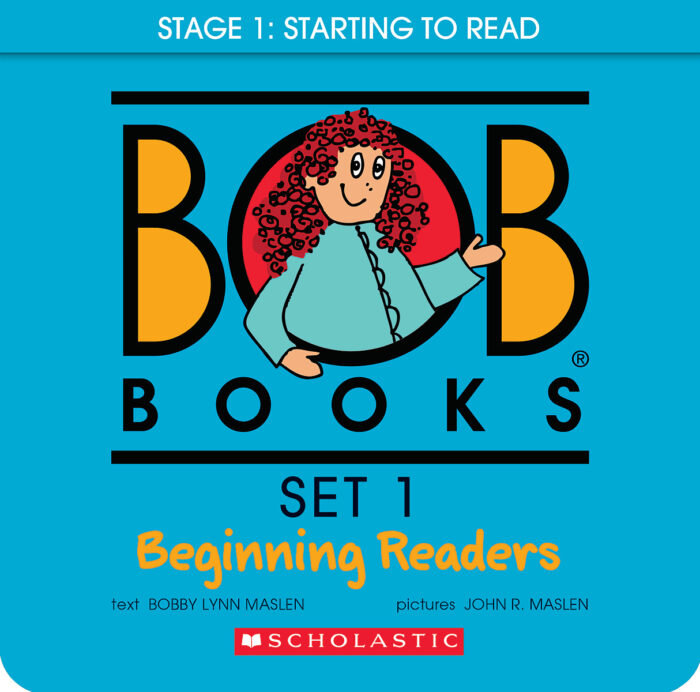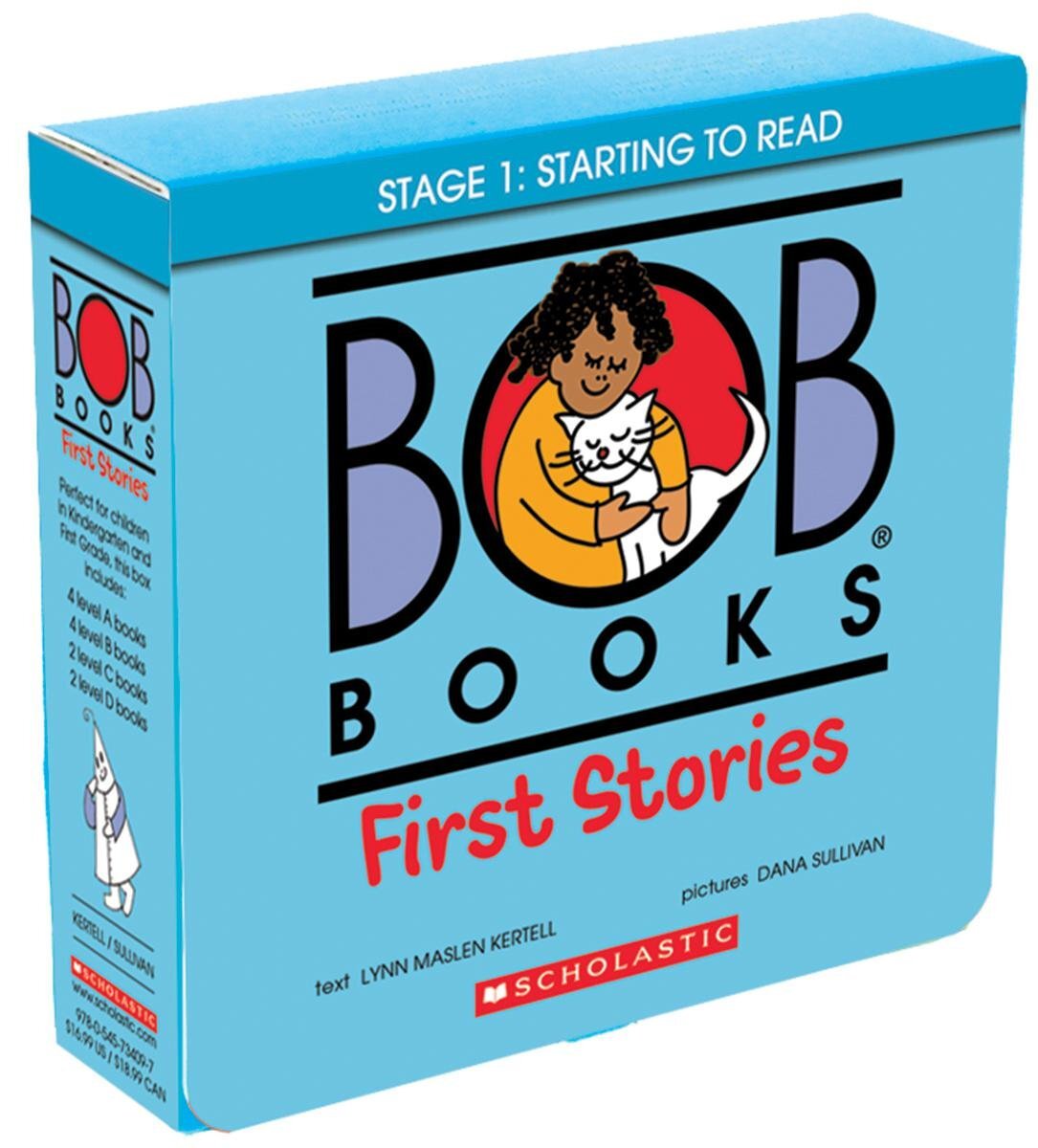What is Phonics? Part 2
This blog post is part 2 in a 2 part series. Part 1 is linked here. The purpose of this blog post is to provide further detail about phonics and how to introduce new letters. Phonics is learning a letter or a group of letters (s) and their sounds.
As an individual reads, they must identify letter(s) and their sounds and blend these sounds together to read a word, this is called decoding. There are many different letters and letter combinations used to create words. However, not all letters are used as frequently throughout the English language. When teaching the letters of the alphabet, it is beneficial to introduce new letters systematically based on their frequency. When common consonants and vowels are introduced first, the child can begin blending these letters to decode simple words.
As children learn new letters and their sounds, it is important to show children how these letters and sounds create words. Providing your child with blending practice as they learn new letters or groups of letters helps build strong reading foundations.
To recap Phonics Part 1, phonics should be taught explicitly and systematically. Explicit instruction involves introducing the letter and its sound and providing ample modeling and practice with that letter. Systematic phonics instruction follows the order of the language. This means introducing common letters and their sounds first before introducing letters that are less frequently used (Reading Rockets). There is no set way to teach letters in the alphabet. It is suggested that children be introduced to letters that occur in high-frequency first. For example, the letter A occurs in a higher frequency than the letter W. If the letter A occurs more frequently than the letter W, it stands to reason that the more frequently occurring letter should be introduced first. You may also introduce 2-4 letters per week. If you introduce consonants and vowels in a sequence you can help the child begin blending and decoding (Reading Rockets).
Systematic instruction also relates the skill back to the whole. When teaching the letter, it’s important that the child learn the letter and its sound and how it is used in a spoken word (International Dyslexia Association). For a sample routine of how to teach a letter and its sound, check out Phonics Part 1.
Cultivating Literacy created a sequence to introduce new letters based on BOB books. These books introduce sequences of letters based on their frequency in the English language. Each BOB book contains words with only the letters that have been taught so as not to overwhelm the child. Each BOB book builds on the next book and after 12 books, the child has been introduced to all 26 letters in the alphabet and has decoded words with the letters they have learned. Cultivating Literacy feels that BOB books are a great resource to engage your child in learning early phonics skills and reading simple words. Below is the sequence that Cultivating Literacy uses to introduce letters. If implementing this at home, we suggest that you and your child go at your own pace. You may find this to be a pace that works for you or it might be helpful to only introduce two letters or less a week. It’s good practice to continue to review the letters that have been previously taught.
Week 1: m, a, t
Week 2: s, c, d
Week 3: p, n, o
Week 4: h, i, r
Week 5: b, g, sh
Week 6: j, e, ch
Week 7: w, f, u
Week 8: l, k, qu
Week 9: x, y, z, th
Involve tactile movement. When learning new letters, use letter tiles, cards, or magnets to create words with the letters your child has learned. Play a game of Your Turn, My Turn. For example, after completing week 2 of our letter sequence, a child would have learned the letters m, a, t, s, c, d. Play Your Turn, My Turn using letter tiles to create simple words. Start out with an example, show your child how you can use letter tiles to make the word cat. Then, ask your child to help you make the word sat. Then, explain that it’s his or her turn and he or she will make the word mat. You can continue this game by creating words using only the letters your child has learned. This game provides your child with the opportunity to engage in decoding words using the letters and sounds they have learned.
Use sensory materials to make it fun! Create slime, goo, moon sand, or use playdough to engage your child in forming letters and identifying their sound(s). One fun sensory project is moon sand. Mix together ¼ cup of oil and 2 cups of flour. Pour the moon sand onto a tray and practice forming letters and identifying their sounds. After introducing a letter and its sound, you might ask your child to draw that letter with their finger in the moon sand while they say the letter’s sound. For example, you might say, “Draw the letter that makes the sound /m/ as in moon. Let’s draw the letter M together and make the /m/ sound .” Continue this exercise using letters your child has learned. This activity is a great way to make review fun!
Before working with your child on reading simple words, make sure they have a firm understanding of the letters and sounds that you have already taught them. BOB books offers a box set that focuses on introducing the letters of the alphabet. These books are a great way to reinforce the letters that you are teaching your child. While reading these books together, your child can play I Spy and look for certain letters in the words and pictures.
BOB books are a great way to build on your child’s letter knowledge and engage them in reading simple words. There are many BOB book sets or boxes. The letter sequence introduced previously compliments BOB book set 1 for beginning readers. After teaching the letters M, A, T, S, your child can blend these letters and their sounds to create words such as mat, cat, sat. The first BOB book in the BOB books set 1 features only the letters M, A, T, S and is a great way to engage your child in reading simple words.
As your child becomes more comfortable decoding simple words, BOB books offer the First Stories box set. These books contain simple words and repetition. This is a great way to take your child to the next level after they have completed BOB book set 1.
Texas Education Association. (2002). Alphabetic Principle: Reading Rockets. Retrieved from https://www.readingrockets.org/article/alphabetic-principle
https://bobbooks.com/product-category/box-sets/




